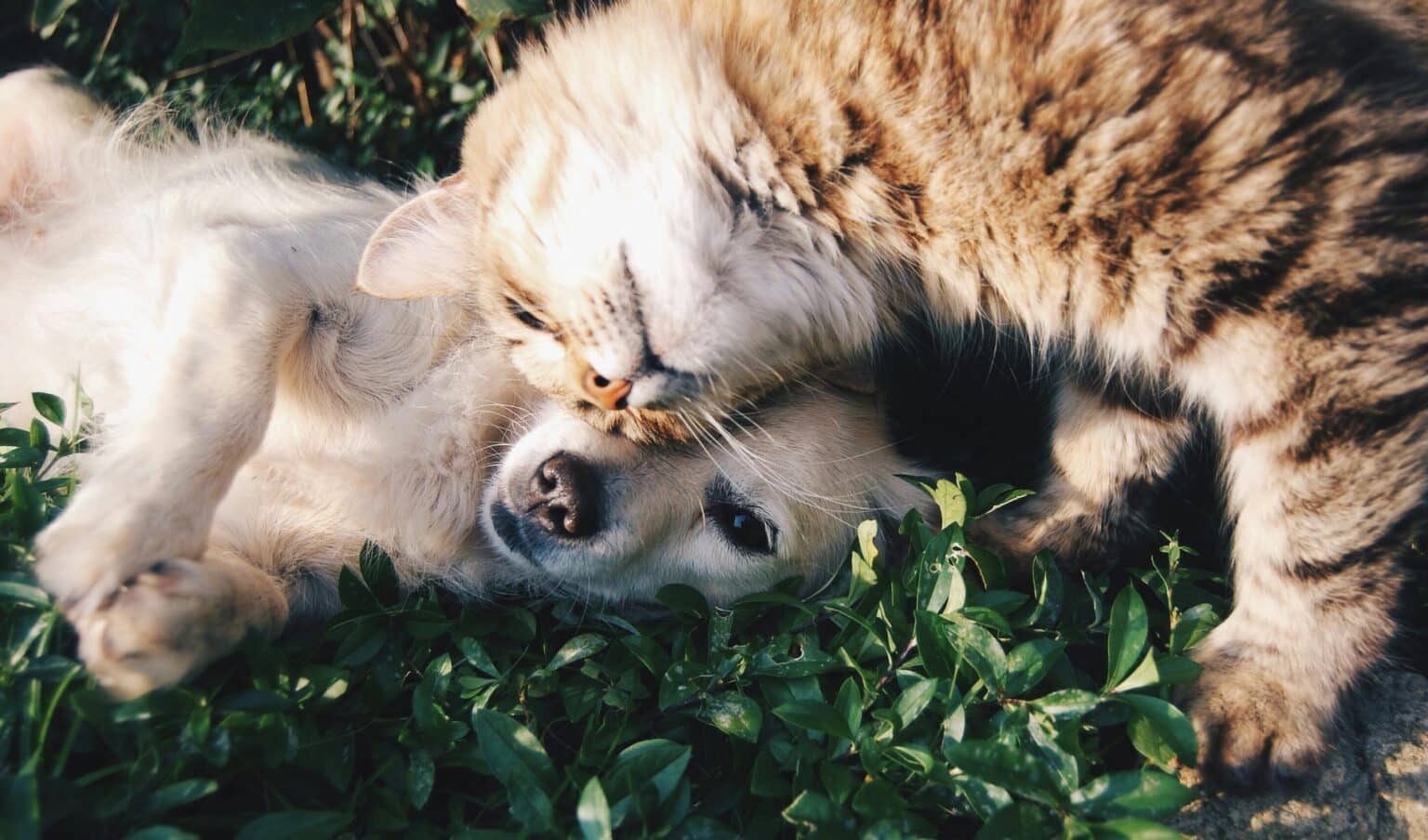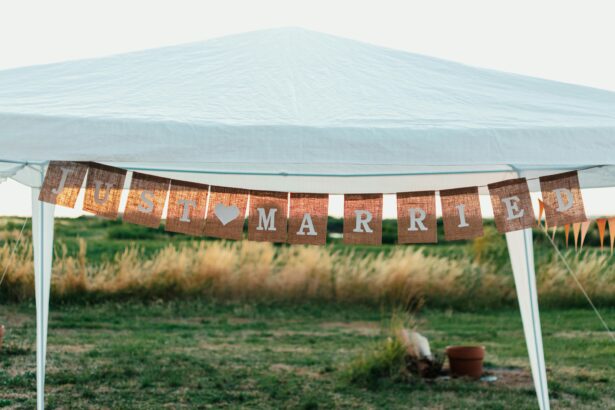Choosing a pet is a heart decision… but it’s also a lifestyle decision. Before falling for a pair of golden eyes or a waggy tail, take a breath, a notebook, and a cup of tea. Let’s map out the pet that truly fits your days, your space, and your energy.
Start with your real life (not the Pinterest version)
Time and routine: who suits your pace?
Cats are low-drama roommates: independent, tidy, and generally fine with solo afternoons. If late meetings or unexpected trips are your norm, a cat is easier to keep content with playtime and cuddles in the evening. Curious to go deeper into the joys of adopting a cat? Start there.
Dogs, meanwhile, are happiness on four paws… with a schedule. They need daily walks, mental games, and regular social time. If you’re dreaming of morning jogs and park dates, a dog can be your perfect fitness partner.
Space and environment: apartment or backyard life?
Most cats thrive indoors as long as you offer vertical fun and cozy nooks. A good cat tree and a window perch can turn a studio into a feline palace.
Dogs, especially medium to large breeds, usually need room to zoom. No garden? It can work—if you’re committed to daily outings and play. The key isn’t square footage but consistent exercise and attention.
Personalities: which companion matches your vibe?
The cat’s charm
Independent but affectionate, cats love routines sprinkled with play and quiet. They tend to choose when to snuggle, then vanish to sunbathe like tiny divas.
Fun fact: many cats spend up to half their awake time grooming—part spa day, part stress relief, part social bonding.
The dog’s love language
Dogs are social butterflies. They often thrive on training, teamwork and being involved in your day. That eye contact? It’s a love letter.
Before you commit, skim the basic rules when owning a dog or cat so you know what’s expected legally and practically.
Budget and time: what it really costs
The cat budget
Essentials include quality food, litter, toys, and vet care. Annual costs are often lower than for dogs, but they’re not trivial. Unexpected vet bills happen, so a cushion helps.
For a clear picture, see the real cost of a cat over a year—and plan calmly.
The dog budget
Expect more for food, training, grooming (depending on the coat), and accessories. Also add pet sitting or dog-walking if your schedule is tight.
Common mistake to avoid: choosing by looks alone. A gorgeous high-energy breed with minimal time is a recipe for stress—for both of you. Match temperament and exercise needs first, aesthetics second.
Family, allergies and harmony at home
Kids, roommates and routines
A calm, well-socialized cat can be a lovely first pet for children who learn gentle handling. For dogs, look for patient breeds and plan consistent training from day one.
Allergies in the family? Do a careful test. Learn the signs and management basics here: cat allergy. Your comfort matters as much as your future pet’s.
Practical tip you’ll love
Do a “pet rehearsal” for one week: set alarms for the times you’d walk a dog or play with a cat, and actually do it. If the schedule feels joyful, you’ve found your match. If it feels heavy, adjust now—before adopting.
Home setup and daily care
For cats
- Offer vertical space, scratching posts, and puzzle feeders.
- Keep the litter box spotless and placed away from food areas.
- Rotate toys to keep playtime fresh and exciting.
For dogs
- Plan two to three daily movement moments: walk, fetch, or sniffari.
- Use short, positive training sessions to build confidence.
- Schedule grooming as part of routine health, not a last-minute panic.
Quick decision checklist
- How many hours can I dedicate daily to walks or play?
- Do I have space for a litter area or a dog crate and gear?
- What’s my monthly budget for food, vet care and extras?
- Any allergies or building rules I should consider?
- Which personality do I want to live with every day?
If you lean cat and want help refining the choice, this guide is a great compass: choose the best cat for your family.
Final thought
Both cats and dogs bring love, laughter and little daily rituals that make a house feel like home. Pick the companion who fits your rhythm, and you’ll both thrive.
Whichever you choose, you’re not just getting a pet—you’re welcoming a personality. And that’s where the magic lives.
FAQ
Is a cat or a dog better for an apartment?
Cats are usually easier in small spaces with vertical play and enrichment. Some small or low-energy dogs can thrive too—if you commit to daily walks and mental games.
Which pet is cheaper over time?
Cats often cost less overall, mainly due to food and care differences. That said, vet bills can surprise either species, so budget a monthly cushion.
How much time do dogs need each day?
Plan for multiple short walks, training, and play—often 1–2 hours total, depending on breed, age, and energy. Consistency matters more than perfection.
What if I work long hours?
A cat is generally more forgiving of solo time. If your heart says “dog,” arrange midday walks, a trusted sitter, or a doggy daycare to keep your companion happy.








